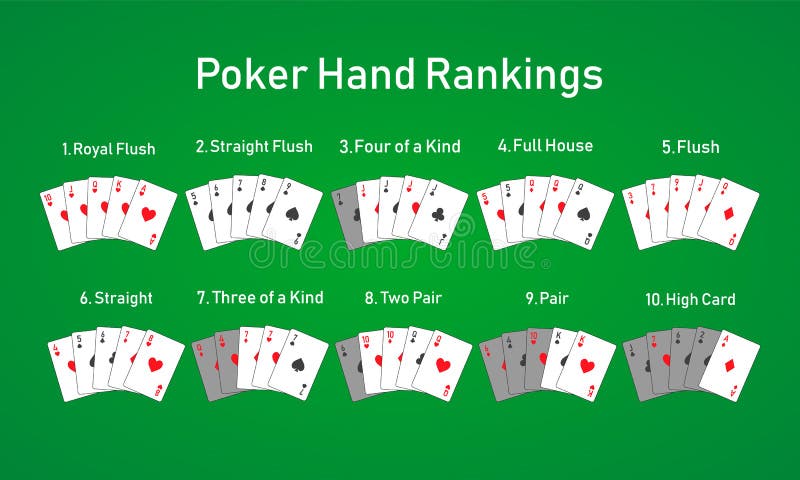Texas Holdem Combinations
Getting Familiar with the Texas Holdem Hands
- Texas Poker Combinations
- Texas Holdem Straight Combinations
- Texas Holdem Poker Card Combinations
- Texas Holdem Poker Hand Combinations
- Poker Combo List
- Texas Hold'em Hand Combinations
Texas Holdem Straight Combinations. This wagering requirement could range from ten to 200 times Texas Holdem Straight Combinations the total bonus given won. What this means is that you cannot withdraw your winnings until you’ve met the wager requirement. When playing 'Texas No Limit Hold'em' rulesthey say that the best 5-card combination, chosen from seven cards, wins. Five cards laid out on the table, and two pocket cards. Despite the apparent simplicity, 'Texas Hold'em' is poker, which has 2,869,685 variations of various combinations.
One of the most important parts of learning Texas Holdem is getting familiar with the different winning hands. This is a major but simple step in learning poker since the hands are fairly easy to learn and memorize. Let us learn all the winning card combinations by reading the sections found below.
The Royal Flush
The Royal Flush, as the name suggests, is the best possible hand in Texas Holdem. This hand combination is made up of the five highest cards in a deck – the Ace, King, Queen, Jack and the number 10. The royal flush must have all these characters of the same suit. This means that if the Ace card bears the heart suit, all the other cards should hold the same suit on them.
Straight Flush
Next to the Royal Flush, the Straight Flush is another winning card combination. It is made of cards in a sequenced order such as 7-8-9-10-J. You can also make other Straight Flush combinations such as Ace-2-3-4-5.
Four of a Kind
Four of a Kind are a group of cards with the same rank but may have different suits. You can have a group of four Kings or four Aces with this combination. The hand with the higher four-card combination wins.
Full House

A Full House is three cards of the same kind plus a pair. For example, 3 Aces can be used plus another two cards which are a pair. The hand with the higher three-card combination wins. If for some reason the three pairs cannot be determined, use the two pairs to decide who wins.
Flush
A Flush is a hand where all of the five cards are in the same suit. For example, cards which are not sequenced in the proper order can form a winning hand if all of them bear the same suit. When the Flush ties with another player, then follow the rules for High Card.
Straight
A Straight is a five-card combination which is ranked in order but does not hold the same suit. An example of this winning combination is 3-4-5-6-7. The Ace can be taken as either a high or low card. For example, it can be used as one in an A-1-2-3-4 combination or it can also be used as the highest card in a 10-J-Q-K-A combination.
Three of a Kind
Three of a Kind is a combination of three cards of the same rank with another two cards not being a pair. A player can use J-J-J-2-3 and form this kind of hand. The hand with a higher 3-card combination is declared the winner of the game.
Two Pair
A two pair is a combination of 'two pairs of cards' with the 5th card being anything. The highest pair wins the game. However, if the hands have the same high pair, the second pair wins.
Pair
A pair is a combination of two same cards and three dissimilar cards. The hand with the highest pair wins.
High Card
The high card – despite its name – is the losing combination in a Texas Holdem game. If your cards do not match the combinations listed above, then the winning hand comes down to the one who holds the highest ranking card. If there is a tie on the first card, the second and the succeeding cards will be the basis of whoever wins the Texas Holdem game. Good luck!
What is Poker Combinatorics?
Why use Poker Combinatorics?
Texas Poker Combinations
Preflop Combinations
Texas Holdem Straight Combinations
Texas Holdem Poker Card Combinations
Texas Holdem Poker Hand Combinations

Final Note on Poker Combinatorics
Poker Combo List
Texas Hold'em Hand Combinations
For example, imagine a typical bluff-catch situation where we want to work out whether opponent has enough bluffs for us to make a profitable call. We might calculate that he has 100 combinations of possible bluffs and only 10 combinations of possible value-hands. Easy call? Not necessarily.